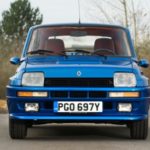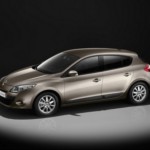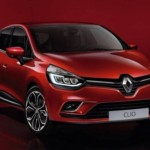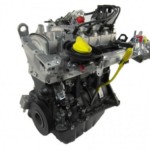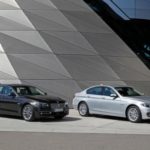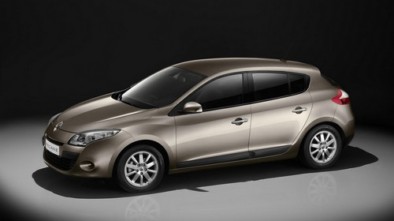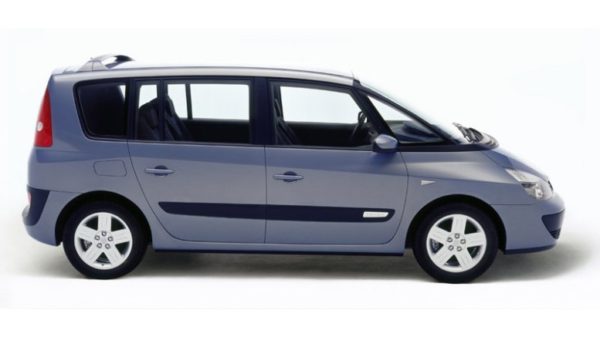Renault 5 1972. -1996. - Model history
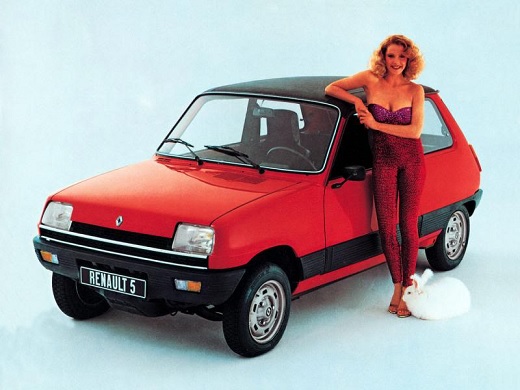
Renault 5
In 1972, a car was introduced that completely changed the standards on which the audience looked at compact vehicles.
The Renault 5 not only brought a design revolution, which competitors later made, but also showed picky Americans that the European car can be beautiful and elegant without a high price. At first glance, we might think that the development of such a car took years of research and a lot of tested prototypes, but no - Renault 5 was created quite by accident by a man who in his spare time worked on drawings of a small compact, which customers wanted and loved, and most importantly - affordable enough that everyone could afford it. French carmaker Renault played a major role in modernizing the domestic auto industry after World War II. Despite the strong competition in the form of domestic ones as well Citroen i Peugeot, the introduction of the 4CV model back in 1947 brought Renault the first brand new post-war model.
This car was of good quality, easy to maintain and cheap enough for the average French family, selling over a million copies over the next 14 years. Some larger and more luxurious models followed, such as the Dauphine and Colarele, but by the late 1950s their design seemed outdated. One of the biggest criticisms of Renault cars was the position of the engine, which was located in the back, but that also changed in 1961 when the Renault 4. Introduced as the first large small car in the world, the Renault 4 had an engine forward and well used space, thus has definitely earned his nickname.
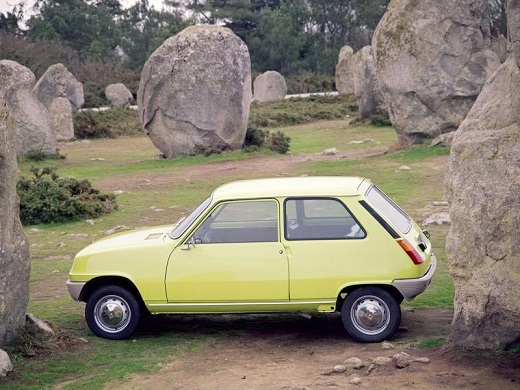
Renault 5
Similar to Ford Model T, Austin Mini, Volkswagen Beetle, Fiat 500 i Citroen 2CV, Renault 4 is considered one of the products modernized by the French car industry, but by the mid-1960s it also seemed to be out of date and new customers, called "baby boomers" (nickname for the generation born during World War II) were they wanted a car style that matched the clothes they wore and the music they listened to. In car development, the market is usually first researched to determine who the potential customers are and what characteristics are important to them on the car. Based on the results, the designer makes the first drawings, followed by early prototypes where the slightest pain would be removed and the market tested. However, in the case of the Renault 5, the situation was a little different. It was not the leading people of the company who were responsible for his birth, but the young designer Michel Boue. After finishing work at Renault, Boue in his spare time made drawings of cars that he considered to be the future of the French giant, and for the idea of Renault 5 he used Renault 4 and then remade everything he did not like.
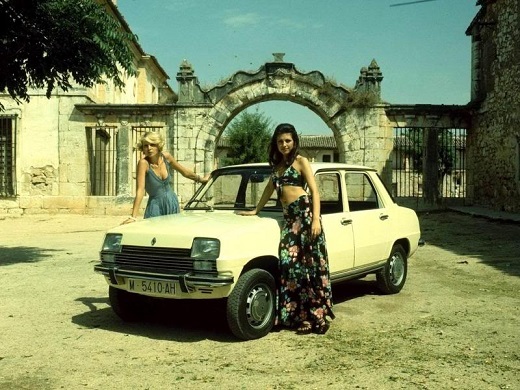
Renault 5
In May 1967, the first more detailed drawing was completed and featured a three-door sports hatchback, and this idea was later introduced to the company’s top executives. There is little to say that they were delighted and immediately ordered the first prototype, and it is interesting that the first prototype did not change much compared to the original drawings. Renault quickly gave priority to this project and the concept was ready in just eight weeks. Unlike most European cars of the aforementioned period, which copied the American design with a lot of chrome and big spoilers, the Renault 5 looked much more modern and ahead of its time. This car had plastic bumpers instead of chrome ones, and it also had rear seats that slid into the floor, which led to the same space as the caravan.
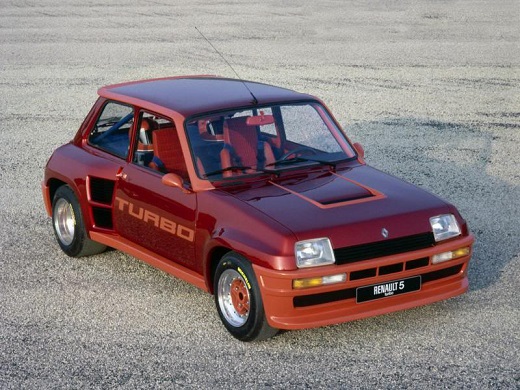
Renault 5
Unfortunately, Boue never came to see the live car he designed since he died in the late 1960s of cancer. To save on costs, the Renault 5 shared many parts with the Renault 4 and 6, including the interior as well as the engine series. It started from a small engine of only 845 cubic meters and 36 hp while the largest engine on offer, the 1.4L, was developing 62 hp. When sales began in 1972, customers were delighted. A modern car, beautiful design and proven mechanics stood in front of them, and the French vehicle manufacturer was soon unable to defend itself against orders. Like most French cars throughout history, the Renault 5 was very comfortable, and was one of the first cars in the world to completely replace chrome with plastic. In addition to its practicality, the Renault 5 was a lot of fun and quiet to drive, and thanks to the front towing it was also a stable first at higher speeds.
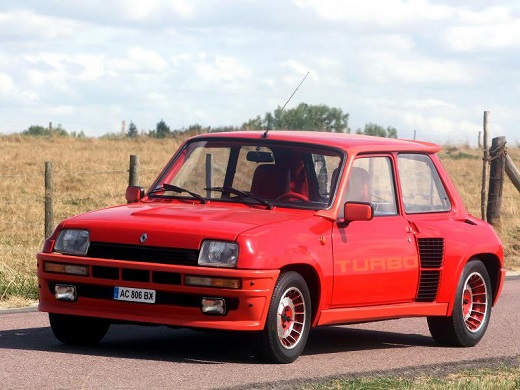
Renault 5
Sales started more than great and Renault soon failed to meet high demand, and in addition to driving characteristics, there was another reason. Namely, the oil crisis of the early 1970s forced buyers to switch to smaller and more economical cars, and in such conditions the Renault 5 proved to be the perfect choice. They were especially delighted with the aforementioned baby boomer, which was finally able to replace its Volkswagen Beetle with a more modern product, but the Renault 5 continued to attract customers all year. The Renault 5 was also very popular among women, who saw such a car as a design phenomenon and used it for many jobs - from buying food, driving children to school to going to festive parties. However, since the main customers were still men, this meant that this car had to have sporting success as well.
The Renault 5 Cup was soon established, driven in nine European countries, and only these cars were eligible. In order for the street model to be able to match the sporty versions, a turbo engine was added to the line in 1976, which increased the power to 108 hp and carried the Alpine label. It was one of the first hot hatch cars in the world to accelerate to 100 km / h in nine seconds and reach a top speed of 185 km / h. After conquering Europe, Renault 5 decided to test itself in the American market, which was going through a major oil crisis in that period and was looking for small and economical cars. In collaboration with American Motors Corporation (AMC), the Renault 5 was sold as a Renault LeCar and as a competitor to the Honda Civic and Volkswagen Rabbit (Golf).
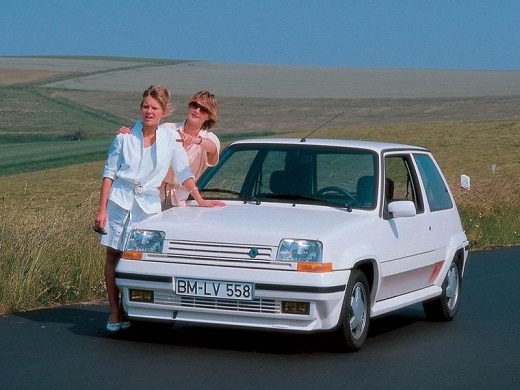
Renault 5
The US versions provided a 1.4L 55hp engine, and with a combined fuel economy of about seven liters per 100 kilometers were among the most economical new cars in this market. Unfortunately, due to lack of power and new bumpers, which were necessary to meet the new safety standards, LeCar never had high sales in North America and was quietly shut down after 1980. For 1978, the offer was extended with the new R5 Turbo model. Renault has had a long history of producing performance versions of its cheap cars, and the R5 Turbo certainly did not disappoint. The centrally positioned 1.4L turbo engine was now developing 158 hp and was able to reach a maximum of 200 km / h. The racing versions were even more powerful and developed as much as 345 hp, leaving a significant mark on the World Rally Championship (WRC).
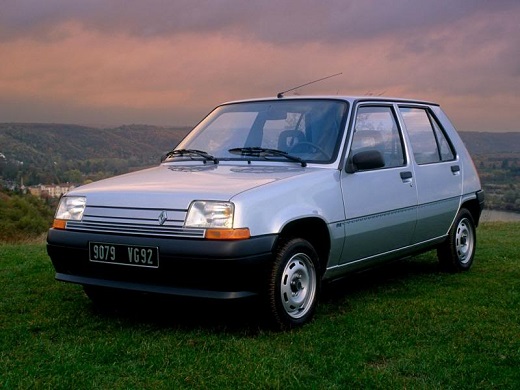
Renault 5
Despite powerful Lancia and Fiat factory teams, the R5 Turbo certainly did not disappoint with wins at the Monte Carlo Rally and later at the French and Portuguese Rally with drivers Jean Ragnotti and Joaquim Moutinho. In order to satisfy homologation, Renault has produced 3,567 serials. The offer was extended to a five-door version in 1979, which the French vehicle manufacturer claimed had taken ten years to put the idea into practice. However, the three-door version was selling well enough that Renault did not want to change the successful formula until the baby boomers started having children in the late 1970s and also required a two-door version. But this was not the first time the Renault 5 has provided more than three doors.
Namely, since 1974 Renault's FASA Spanish division has been producing the Renault 7, or sedan version of the popular five, and when the five-door Renault 5 debuted in the rest of Europe, over 200,000 such cars had already been sold in Spain. Until the early 1980s, the Renault 5 was still sold in large numbers, and it also looked as modern as it was ten years earlier when it was introduced. However, the mechanics began to show years and in 1984, after 5.5 million units sold, Renault decided to introduce the second generation. Knowing the risk of replacing such a popular car, no one was surprised when the second generation brought about a design evolution, even though it was a brand new car. Although the French vehicle manufacturer feared the move could drive customers away from the competition, the Renault 5 continued to underperform.
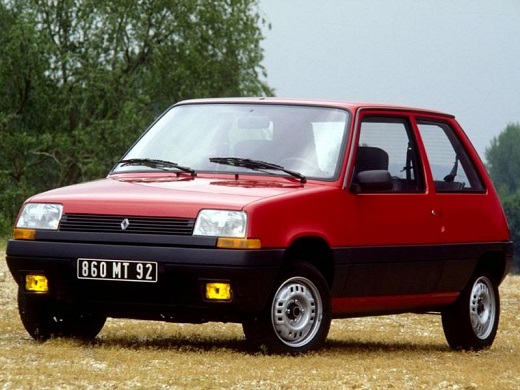
Renault 5
The customer received a choice of three- and five-door hatchbacks, and the range of engines ranged from 1.0L with 41 hp to 1.4L turbo models with 118 hp and a top speed of 204 km / h thanks to a low weight of only 850 kg. It is interesting that during a short period, 80 hp diesel was an option, and although it was not fast, its combined consumption was only four liters per 100 kilometers. A whole new generation of customers, with college degrees and jobs in the business professions, were thrilled with the new five, whose interior looked as if it had been taken from a spaceship. Similar to its predecessor, the Renault 5 Cup re-emerged, confirming the French carmaker's name and reputation as an affordable sports car maker. The offer was later expanded with a new convertible made by the Belgian company EBS, and a total of only 1,400 units were produced.
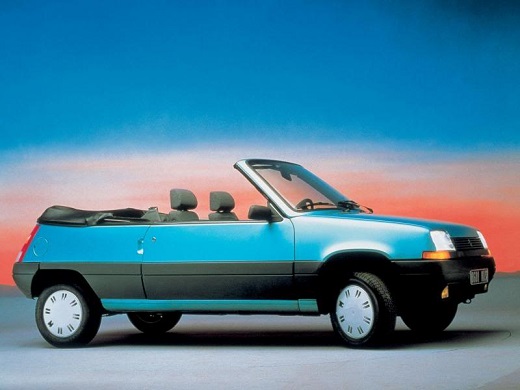
Renault 5
In the late 1980s, Renault debuted the Clio as a replacement for the five, which had a more modern design and mechanics. However, the popularity of this car left it in production until 1996, when the last of the 9,200,600 copies produced came off the strip. It should be mentioned that this figure does not include the versions that were licensed in Iran until 2002. The Renault 5 is not only the most popular French car ever produced, but it has shown to the auto industry that compact cars can also be stylish and fun to drive. The move was followed by competitors, but none of them succeeded in delivering the charm that the five provided. We can conclude that the Renault 5 started the modern period of the car.
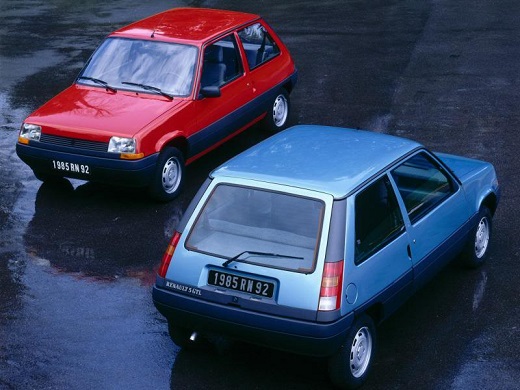
Renault 5
The prices of used fives are not too expensive, mostly because of the many models produced, but if you want one of the turbo models from the WRC be prepared to spend up to 40,000 euros. Finally, we will mention that the French vehicle manufacturer is planning a modern five with a retro design by 2016, and it is up to us to expect another revolution.
Author: Talladega
Pictures: Renault
Retrieved from: www.brzabrzina.com
Recommendation of similar texts:

Hi there, I am Mladen and I am an auto enthusiast. I started this blog years ago to help like minded people share information about latest cars, car servicing ideas, used car info, exotic cars, and auto technology. You will find helpful articles and videos on a wide variety of cars - Audi, Mercedes, Toyota, Porsche, Volvo, BMW and much more. Ping us if you have anything cool to share on latest cars or on how to make older cars more efficient, or just want to say hi!

